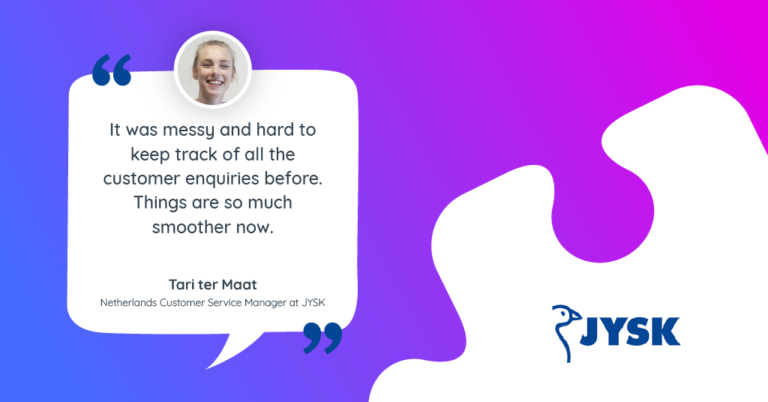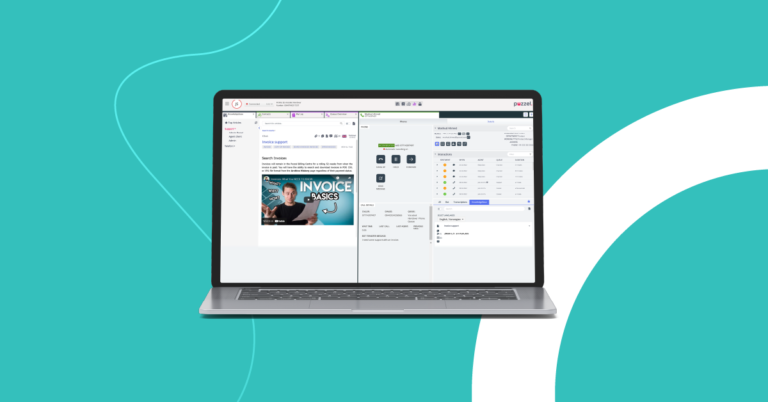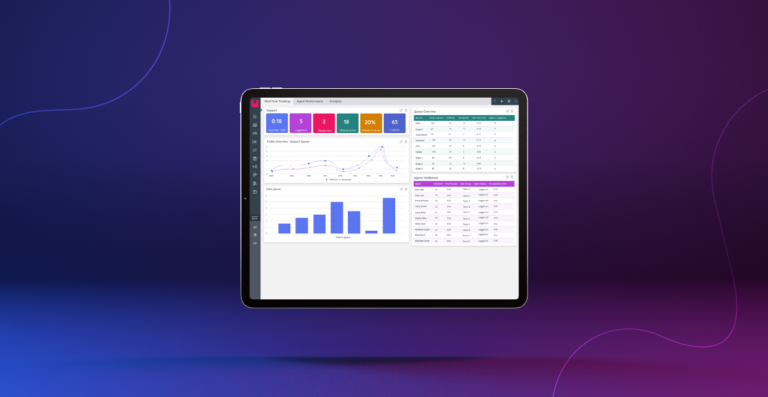Puzzel reveals the results of the company’s latest survey on the contact centre of today and tomorrow
During the months of September and October 2015, Puzzel (formerly Intelecom) surveyed 400+ contact centre professionals about where they are today and their predictions for the future. The focus was on six critical areas designed to find out what really matters in contact centres.
Here is what 400+ contact centre professions had to say:
1) What does your channel set up look like today vs tomorrow?
It comes as no surprise that the majority of customer interactions still occur by voice (88%), email (82%), mail (65%) and even fax (47%). The rise in social media is supported by 41% of respondents who claim Facebook is the most popular social media communication channel followed closely by Twitter at 40%. Web Chat is rising at 36% whilst the least commonly used channels are video (7%) and WhatsApp (2%).
However, when asked about predictions for the next two years the picture looks very different. Although voice goes down by 28%, it continues to top the polls with 64% of contact centres still using the telephone. At the same time, the rising stars are WhatsApp and video that see a massive increase of 470% and 311% respectively followed by an 82% increase in the use of web chat.
These results suggest that contact centre leaders, when looking for a new solution to support their operations, should select a system that is flexible enough to accommodate both traditional and new channels to create a truly multichannel contact centre environment.
2) Which three metrics are most important to your contact centre?
The three most important metrics for today’s contact centre are customer-related with customer satisfaction (61.5%), service level (57%) and first contact resolution (40%) coming out on top. This indicates a strong and positive focus on the customer service. However, call abandonment (22%) and Average Handling Time (20%) are still actively used to measure the performance in contact centres. On the other hand, organisational metrics such as revenue per call, cost per call and sales volume appear to be low in priority with a combined 25.5% of respondents putting them at the bottom of their list.
3) What is the current technology set up in your contact centre?
There would appear to still be perceived barriers to introducing cloud-based contact centres and the results of the survey indicate a hesitation to adopting the latest technology. Traditional premised-based contact centres are still the most prevalent at 47% with cloud-based contact centres accounting for just over 10%. However, the trend points towards a blend of both traditional and cloud (34%) infrastructures as a more realistic option.
This might suggest that organisations still want to achieve some kind of Return on Investment (ROI) on their existing equipment. However, what many might not realise is that cloud-based systems can sit on top of any existing infrastructure removing the need to replace equipment and a Pay-As-You-Go pricing model that means organisations only pay for the resources used.
4) What other applications are your agents using?
The results of this part of the survey confirmed the significance of integration in the contact centre. As an application specialist, Puzzel can ease the path to smooth integration by effortlessly linking together business and customer relationship management (CRM) systems to boost efficiencies and productivity. According to the survey the majority (69%) of applications used by agents are in-house developed systems followed by Oracle (20%), Salesforce (19%) and Microsoft Dynamics (15%).
The integration section of Puzzel’s website provides useful tips while the white paper entitled “Top six reasons to choose a cloud contact centre solution from an application specialist” offers thought-provoking insight from Puzzel.
5) How does your organisation acquire the ‘voice of the customer?’
Successful organisations listen to what their customers say and act upon it! But how do organisations find out what customers really think?
According to the survey, the majority of contact centre professionals still rely on their own customer satisfaction surveys (82%) followed by email surveys (37%) and post-call IVR surveys (23.28%). Surprisingly, nearly 10% of respondents claim to never ask for customer feedback with a further 10% using speech analytics to gauge reactions from customers.
Puzzel believes that speech analytics is a growing trend. A recent blog entitled “Five Steps to Speech Analytics Success” outlines certain success criteria such as building a dedicated, cross-functional analytics team and selecting the right tools to do the job. This includes deploying the latest cloud-based multi-channel contact centre solutions that use sophisticated IVR functionality and integrate seamlessly with innovative speech analytics technology.
6) What are your top three priorities over the next 2 years?
Over the next two years, contact centre professionals’ priorities are improved customer satisfaction (68%), agent training and satisfaction (62%) and technology transformation (58%). At number one, improved customer satisfaction reflects the overwhelming response to the first question in the survey where customer satisfaction was rated the most important metric in the contact centre.
Again, with massive growth anticipated for Web Chat, Video and WhatsApp, the introduction of new channels to serve customers is another top priority at 48%. One interesting revelation is the fact that nearly one third of respondents (31%) are looking to reduce their costs to serve customers despite revenue per call, cost per call and sales volume being cited as the least important metrics (5%, 7.5% and 13% respectively) in the contact centre today (see question 2).
Most encouraging is that in the current digital age over 20% of respondents indicated that they intend to grow their contact centres in the next two years, aligned with the recognition that technology transformation (nearly 58%) will be at the heart growth and development.
Note: Percentages have been rounded up or down as appropriate.












 United Kingdom
United Kingdom  Danmark
Danmark  Sverige
Sverige  Norge
Norge  Finland
Finland